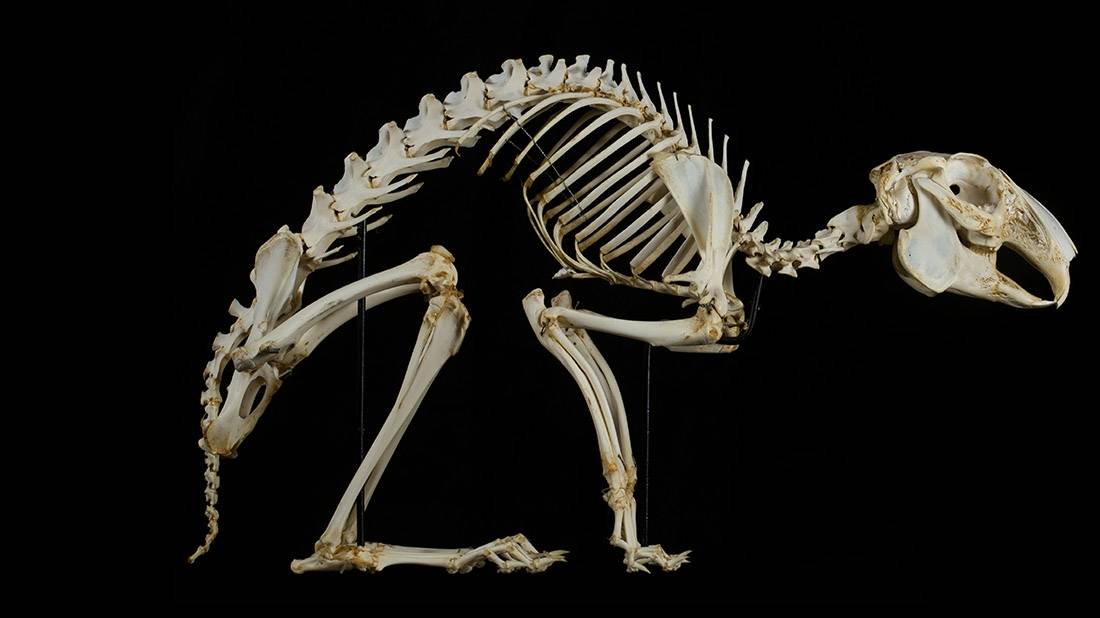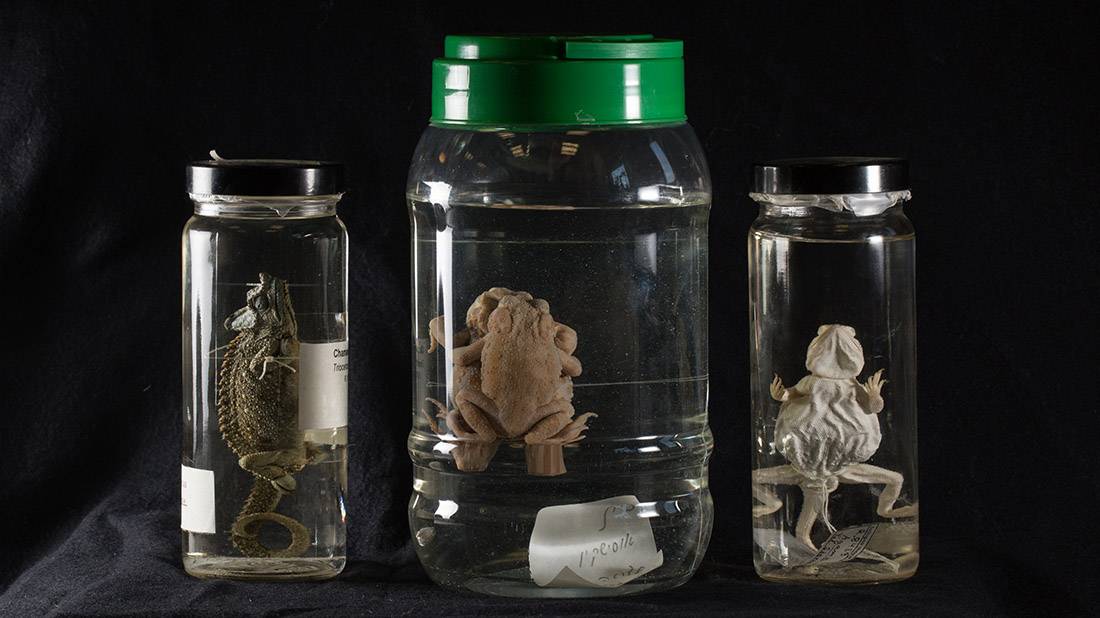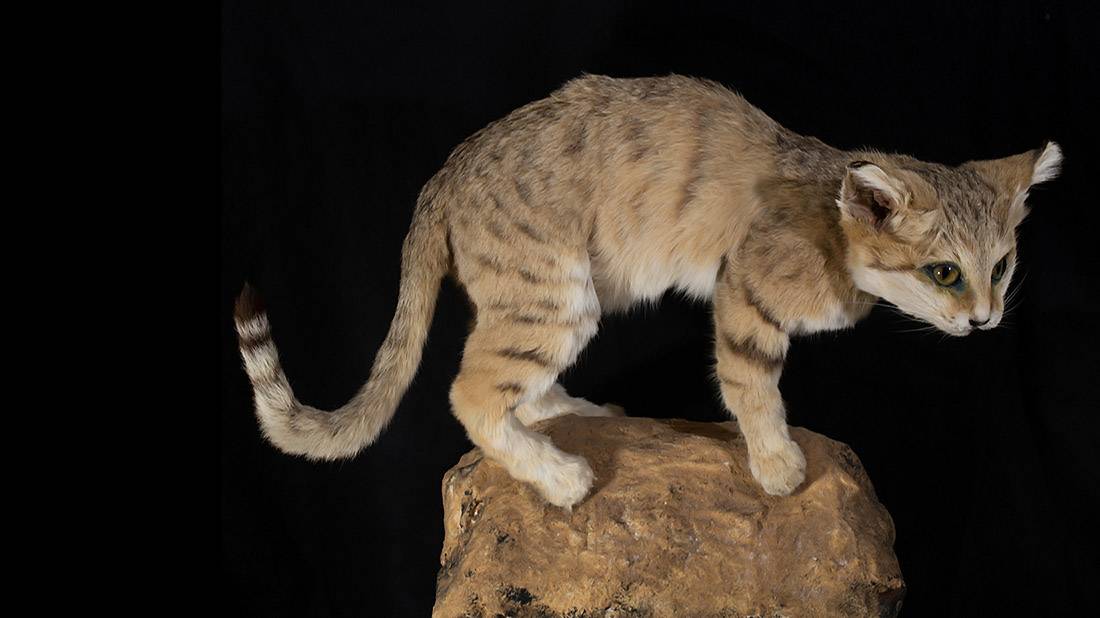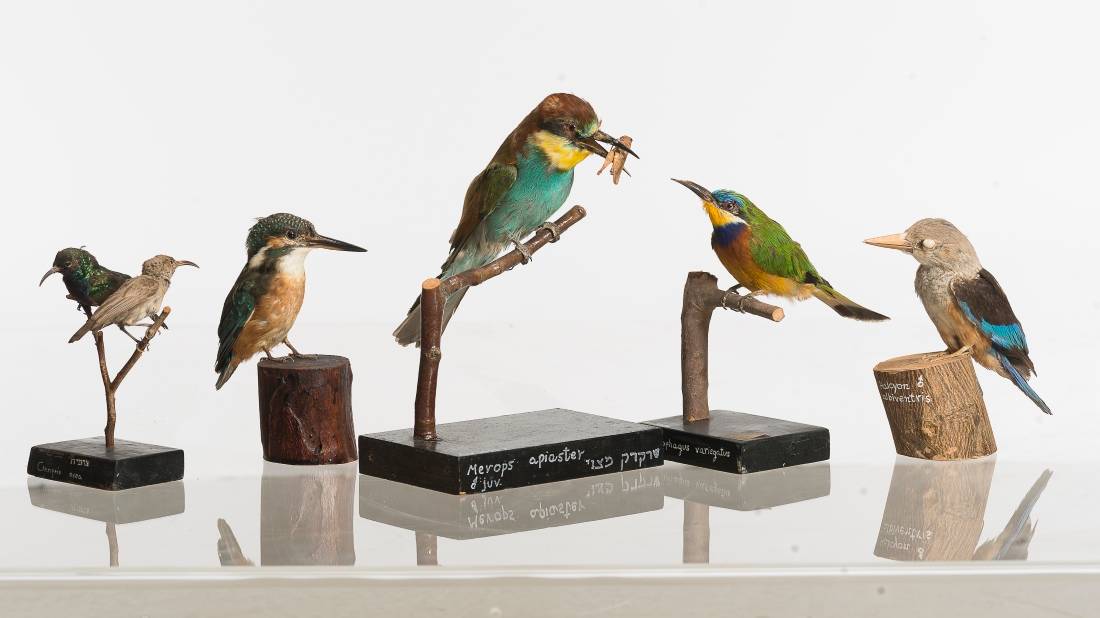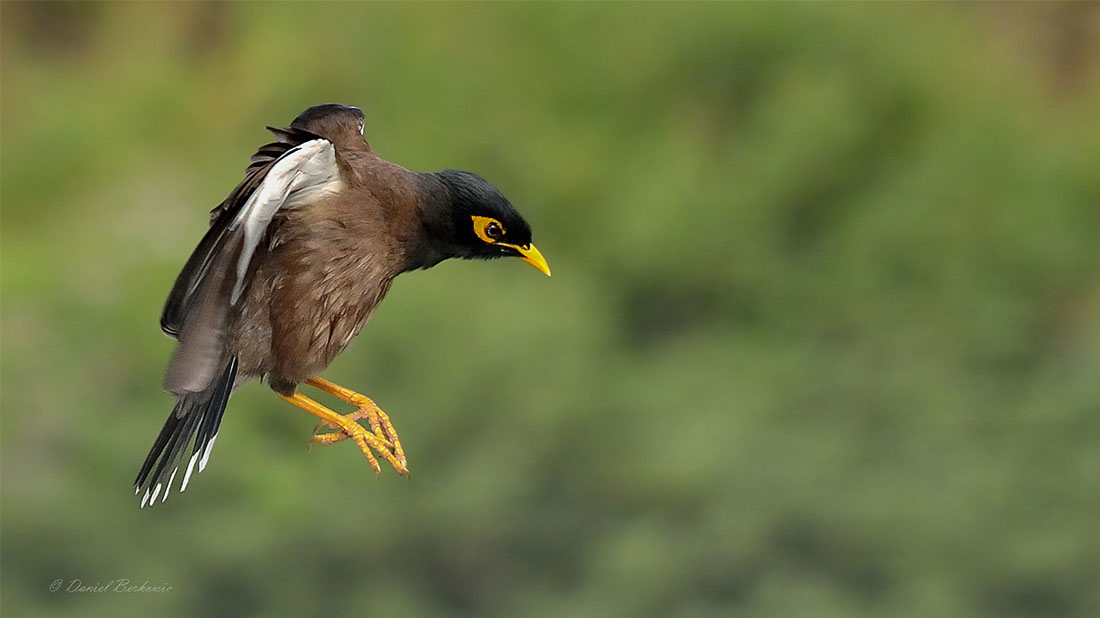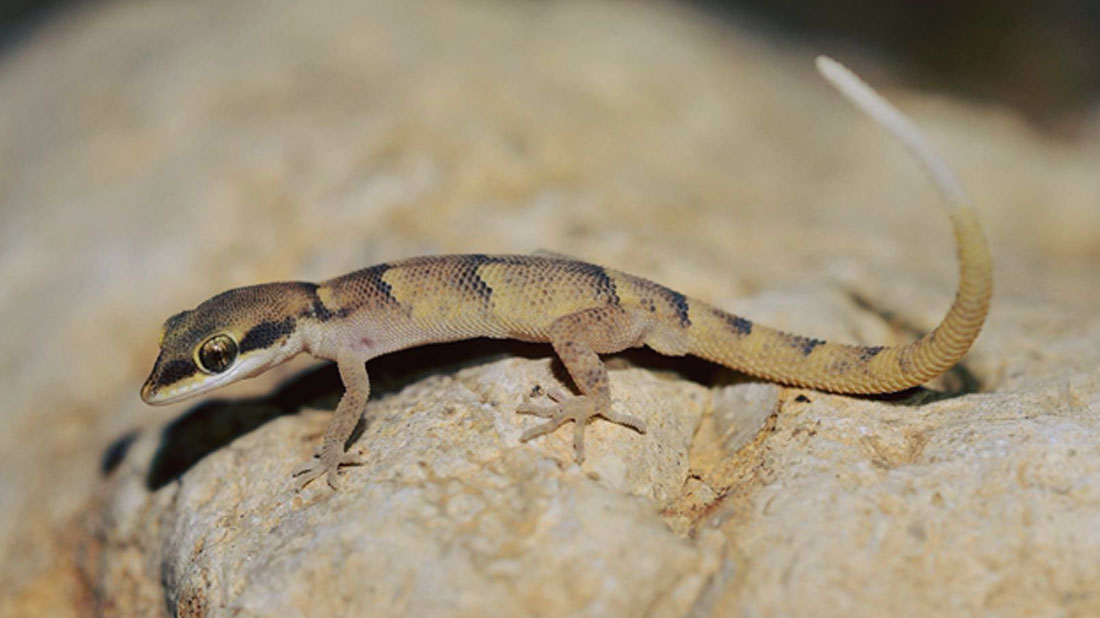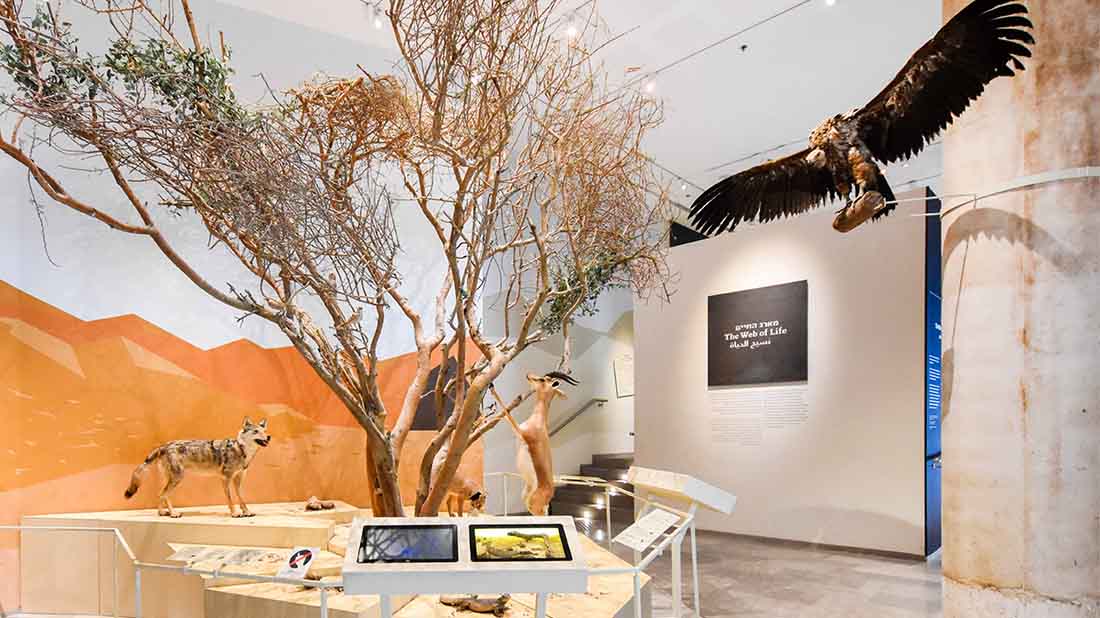The Steinhardt Natural History Museum at Tel Aviv University houses one of the largest collections of terrestrial vertebrates (mammals, birds, reptiles and amphibians) in Asia, and is the largest such collection in the Eastern Mediterranean and the Middle East. The collections comprise over 60,000 specimens, representing some 2,150 species, and have a world-wide geographic coverage, with a main focus on Israeli species and localities.
With around 80% of the total specimens with locality data originating from Israel, population-level studies of geographic and temporal variation are often carried out. The collections are fully computerized and the database also includes measurements for many individuals. Data are available from the curators upon request. Specimens entering the terrestrial vertebrate collections have their fresh tissue samples taken, and these are kept in deep freezer for molecular studies in future.
While the museum is home for some late 19th and early 20th century collections of historical importance like those of Father Ernst Schmitz and Israel Aharoni, which include some of the last members of recently extinct Israeli vertebrates such as the Nile crocodile, the cheetah, brown bear and roe deer, collecting really started in earnest with the establishment of Tel Aviv University in the 1950s, peaking in the 1960s and early 1970s, and another one over the last decade. Earlier collecting efforts aimed at particular species, but in recent years, most specimens are received from university staff, Nature and Parks Authority rangers and nature enthusiasts, who find dead animals in the field. Another important source of specimens is the wildlife hospital at the Safari Park in Ramat Gan.
The vertebrate collections are intensively used for both research and teaching, the latter targeting students from Tel Aviv University, other universities and educational establishments, and schoolchildren who participate in activities at the museum.


